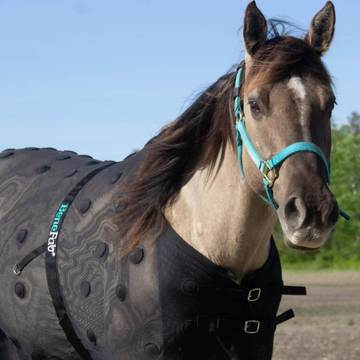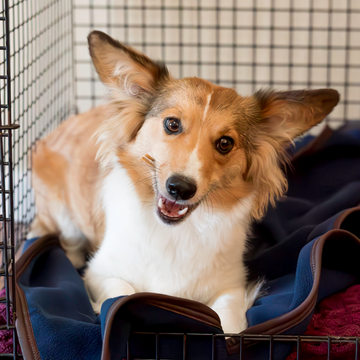Laminitis In Horses
When we think about the saying "killing them with kindness," we do not think about our horses—One of the most common causes of laminitis is overfeeding. Unfortunately, laminitis is a somewhat common, recurring disease in not only horses, but donkeys and ponies as well. It is known to be more common in adult horses than it is in young horses.
This condition in horses can influence the pedal bone by rotating or submerging within the hoof under the horse's weight. In extreme cases, this can cause penetration of the pedal bone through the sole of the foot.

There are two types of Laminitis: Sinking Laminitis and Rotating Laminitis.
Sinking Laminitis is when the hoof wall and coffin bone disconnect, causing the coffin bone to sink downwards. There is a high chance of the coffin bone puncturing the sole of the hoof. The horse will possibly "walk out" of the hoof capsule entirely in the most severe cases concerning this specific type of condition.
Rotating Laminitis is when the hoof wall and the coffin bone separate from one another, and the coffin bone rotates within the foot.
The most frequent causes of laminitis are:
- Overeating.
- Stress.
- High fevers.
- Prolonged exposure to hard surfaces.
- Severe colic.
- Exposure to black walnut shavings.
Black Walnut Shavings are a bedding that is harmful to horses. The inner parts of the wood of the black walnut shavings can be poisonous to your horse if exposed orally or topically. According to an article by Kentucky Equine Research®,"...Researchers believe that a toxin in black walnut shavings is absorbed through the coronary band and skin, causing alterations in normal blood flow to the hoof and leading to typical signs of laminitis, including pounding digital pulse, unwillingness to move, extreme lameness, depression, limb edema, and increased heart and respiratory rate. Like all cases of suspected laminitis, a veterinarian should be consulted immediately. Diagnostic tests, including radiography, will likely be performed, and a treatment plan will be established. Prognosis depends largely on length of exposure and speed of treatment..."
Prevention & Treatment:
- Keep hooves healthy and on a regular shoeing/trimming schedule.
- Establish an appropriate nutrition schedule. Feed only grass hay until advised by your veterinarian. Dietary restrictions are needed to take place when it comes to this condition.
- Horses need adequate nutrition through an altered diet that includes digestible fiber such as good quality hay. It is not only an important part of the diet , but it is plays a vital role in the forage component. Avoiding excess carbohydrates that come from grain is vital.
- Regarding grazing, it is advised for your horse to avoid lush pastures, especially between late morning & afternoon hours as the plant sugars are highest throughout these times.
- A mineral oil treatment through a nasogastric tube is helpful when you need to eradicate the horse's digestive tract, particularly if the horse has overeaten or is colicing.
- Due to dehydration, your horse needs fluids to help ease any illness they may be feeling.
- Consult your veterinarian. He/She may prescribe medications such as antibiotics help fight infections; anti-endotoxins help reduces bacterial toxicity.
- You should stabilize your horse on soft ground, such as shavings or sand. Motivating your horse to lie down to reduce pressure on the weakened laminae will assist in a little more comfort rather than standing up.
- Parasite control reduces the horse's susceptibility to illness or diseases that may occur as well as necessary vaccinations.
- Biotin is an nutritional supplement that is known to help support hoof growth.
With our horses, we want to make sure their hooves are adequately taken care of—Just like many of us are on our feet most the day, so are horses, and we need to make sure that their hooves are correctly taken care of (they bear a lot of weight!).
If you have a horse suffering from discomfort in their lower limbs, the Benefab® Antimicrobial Therapeutic VersiWraps will not only be comfortable for your horse, but will help ease lower leg pain. These VersiWraps harmonize bodily functions safely and naturally stimulating recovery time, promote blood circulation, increase oxygen flow, and ultimately, reduce pain and stiffness.






















